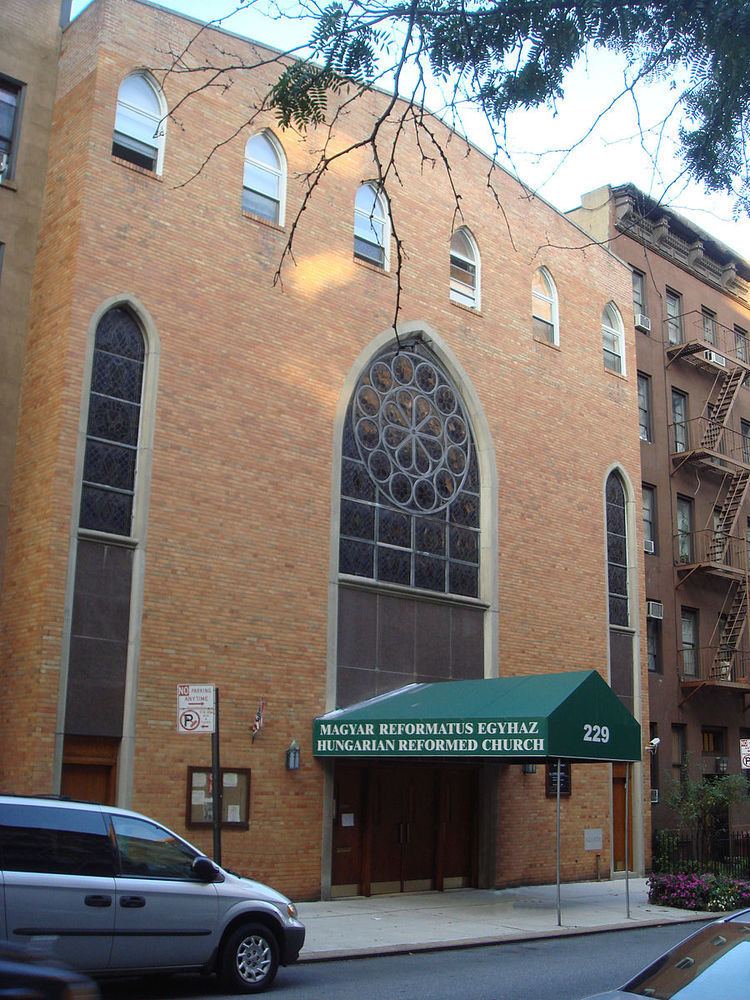 | ||
The Hungarian settlements in North America are those settlements, which were founded by Hungarian settlers, immigrants. Some of them still exist, sometimes their names were changed. The first greater Hungarian immigration wave reached North America in the 19th century, the first settlements were established at that time.
Contents
Settlements with Hungarian name
Settlements, whose name was changed
Settlements, where there is a significant Hungarian population
References
Hungarian settlements in North America Wikipedia(Text) CC BY-SA
